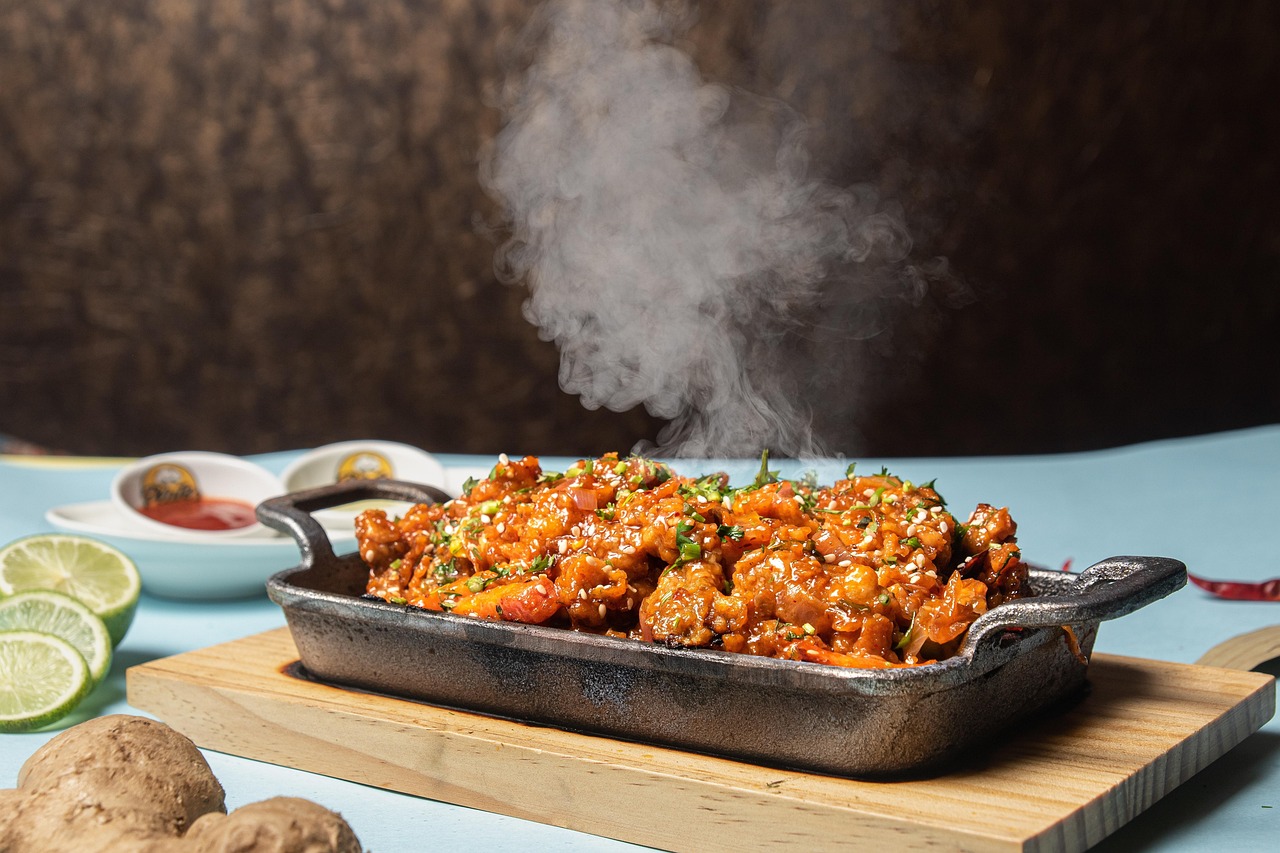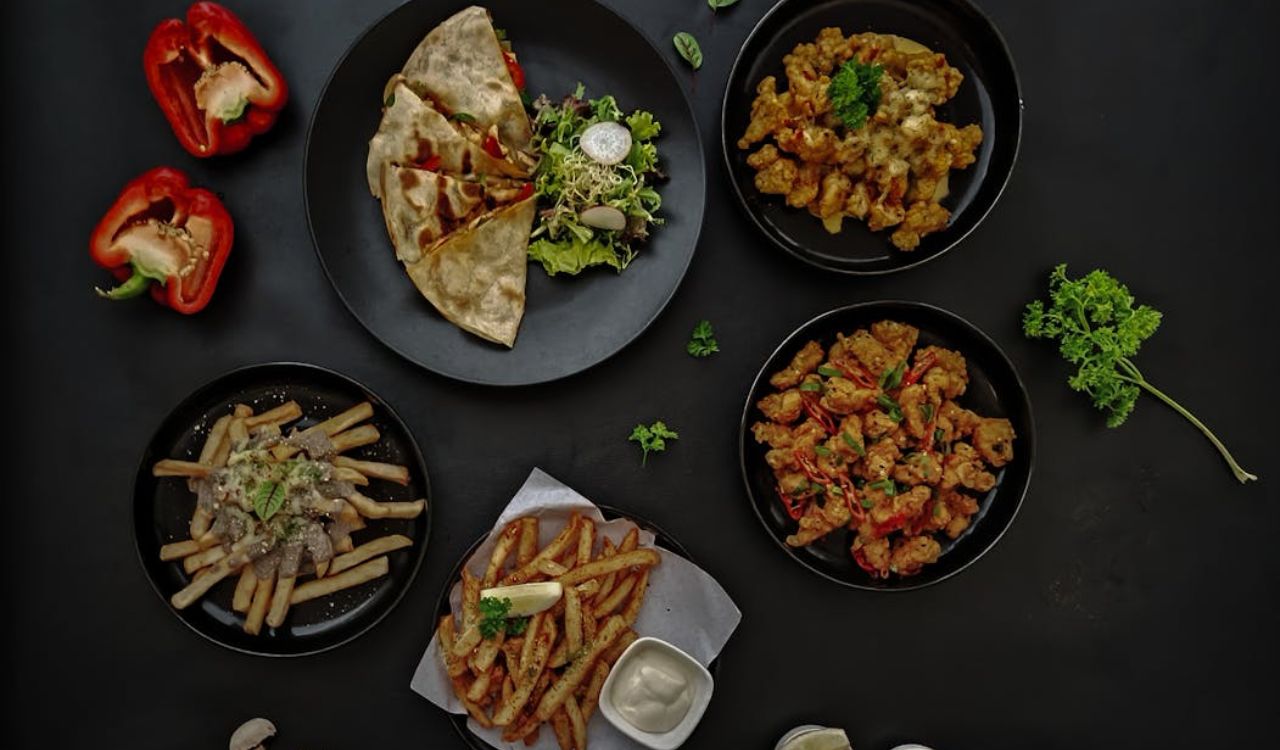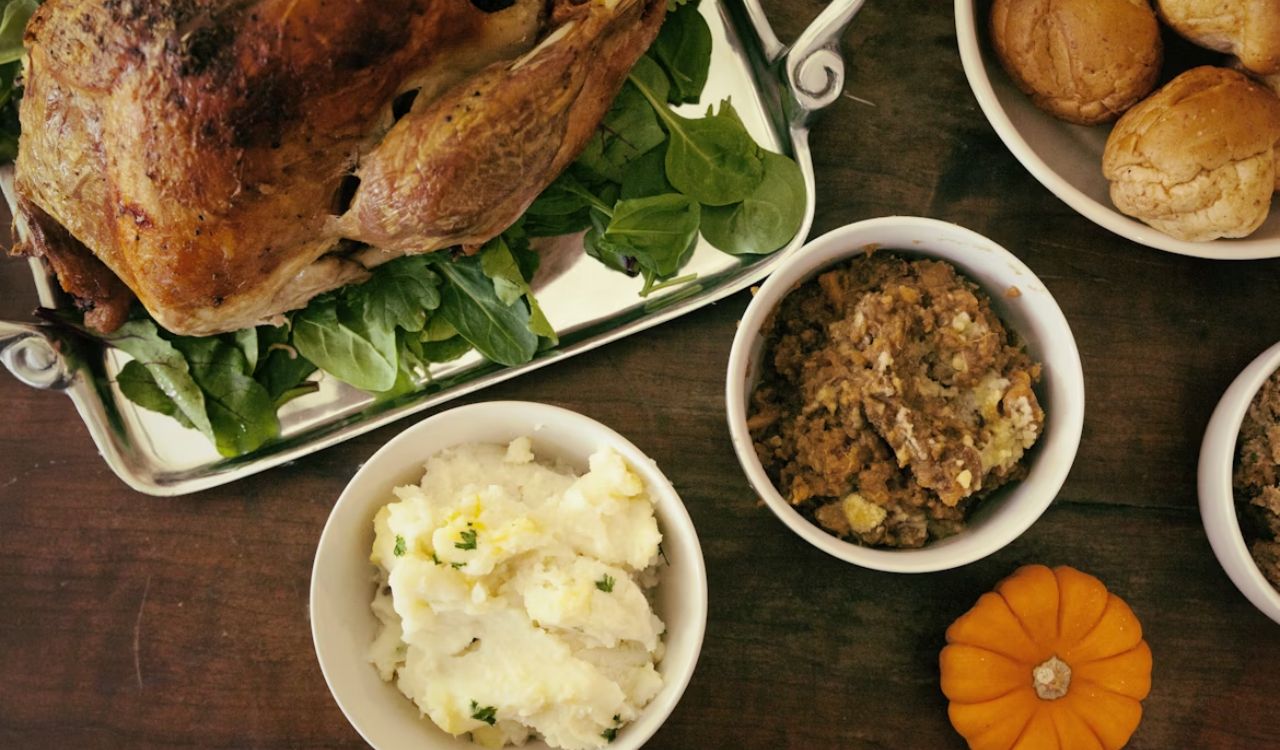The Surprising Way to Cook Cabbage That Changes Everything
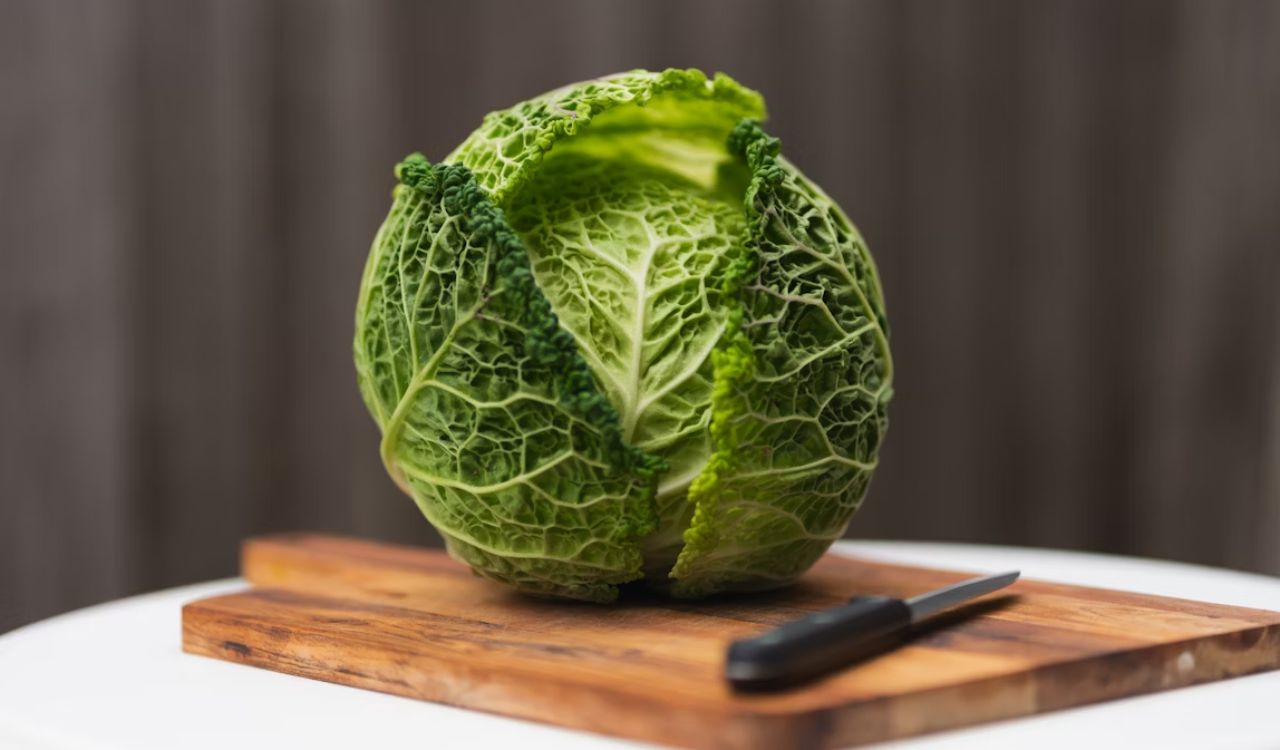
Cabbage has always been the quiet workhorse of the kitchen, affordable, nutritious, and available year-round, yet often overlooked in favor of more popular vegetables. Most people associate it with soggy boiled dinners or bland coleslaw, but the right technique reveals how flavorful this simple vegetable can be.
There is one method that completely transforms cabbage into a rich, sweet, and caramelized dish that you will want to make again and again. With the right balance of heat and fat, this humble vegetable takes on a texture and depth of flavor that surprises everyone who tries it.
Why Cabbage Deserves More Attention

Cabbage is one of the most nutritious vegetables for its price. A single cup of raw cabbage has around 25 calories yet provides a generous amount of vitamin C, vitamin K, and fiber. It is also rich in antioxidants and plant compounds that support digestion and heart health. Despite these benefits, it often goes unnoticed because of how it is commonly prepared.
Traditional boiling or steaming tends to soften the texture and cause valuable nutrients to leach into the water. High-heat cooking methods, such as roasting or sautéing, work differently. These techniques preserve more nutrients while enhancing cabbage’s natural sweetness. The result is a vegetable that feels both hearty and light, with layers of flavor that are anything but boring.
The Cooking Method That Changes Everything

The secret to transforming cabbage lies in using high heat. Roasting or sautéing brings out flavors and textures that completely change the way it tastes. When exposed to direct heat, cabbage develops crisp edges, a tender center, and a delicate sweetness that turns it into something truly satisfying.
Both methods work well and require minimal effort. Roasting in the oven produces slightly charred wedges with golden edges, while sautéing in a skillet creates caramelized shreds that cook quickly and evenly. The key to success is temperature and timing. High heat and enough fat allow the natural sugars in cabbage to caramelize rather than steam away.
Why This Works
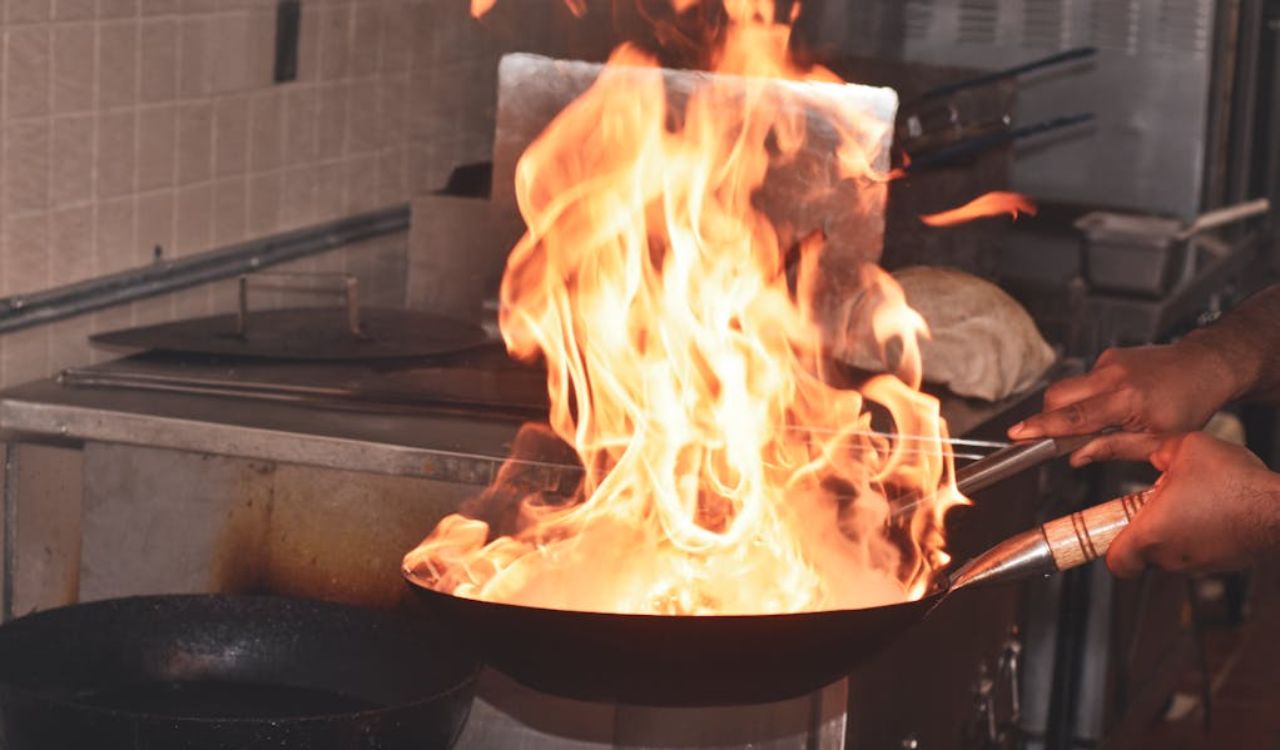
When cabbage meets high heat, a natural chemical reaction occurs between its sugars and amino acids. This process, called the Maillard reaction, is what gives roasted foods their distinctive browned color and deep flavor. The sugars in cabbage caramelize, producing a rich, nutty aroma and a slightly sweet taste that balances beautifully with salt and acidity.
Cooking with a bit of oil or butter helps conduct heat evenly and prevents the leaves from drying out. The result is a perfect contrast of crisp outer edges and a tender interior. Adding a splash of lemon juice or vinegar just before serving brightens the dish and cuts through the richness, creating a well-balanced flavor that feels fresh and satisfying.
How to Do It

If you have only ever boiled or steamed cabbage, this approach will feel like a complete revelation. Follow these steps for perfect results:
- Pick a good head. Green, red, or Savoy cabbage all work well. Choose one that feels firm and heavy for its size.
- Cut it evenly. Slice into one-inch wedges for roasting or thin ribbons for sautéing.
- Preheat properly. Set your oven to 425°F (220°C) or heat a large skillet over medium-high heat.
- Add fat. Coat the cabbage lightly with olive oil or butter to encourage caramelization.
- Avoid overcrowding. Give the pieces space to brown. If the pan is too full, the cabbage will steam instead.
- Cook until golden. Roast for 25 to 30 minutes or sauté for 10 to 12 minutes, stirring occasionally.
- Season and finish. Add salt, pepper, and garlic for flavor, then finish with a touch of vinegar or lemon juice.
When done correctly, the cabbage will be tender with crisp, browned edges and a naturally sweet, savory flavor.
Nutrition and Flavor Benefits
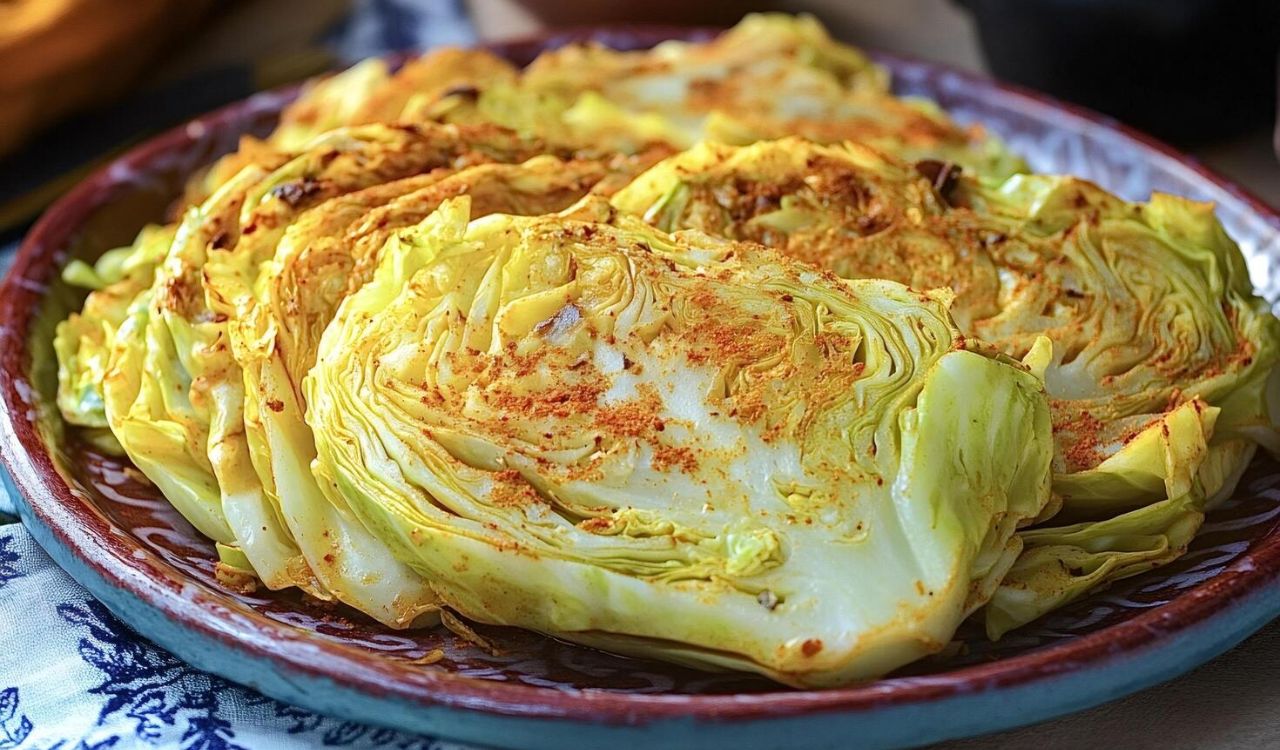
Cooking cabbage with high heat not only improves its taste but also helps retain its nutrition. Boiling causes vitamin C and other nutrients to dissolve into water, but roasting or sautéing keeps them within the leaves. The quick cooking process also preserves cabbage’s fiber and color.
Cabbage prepared this way is filling but light, offering plenty of nutrients without extra calories. A typical serving cooked with olive oil contains about 70 to 80 calories. The caramelization process enhances its flavor without the need for heavy sauces or extra butter. This makes it an easy and healthy addition to weekly meal plans.
How to Enjoy Caramelized Cabbage
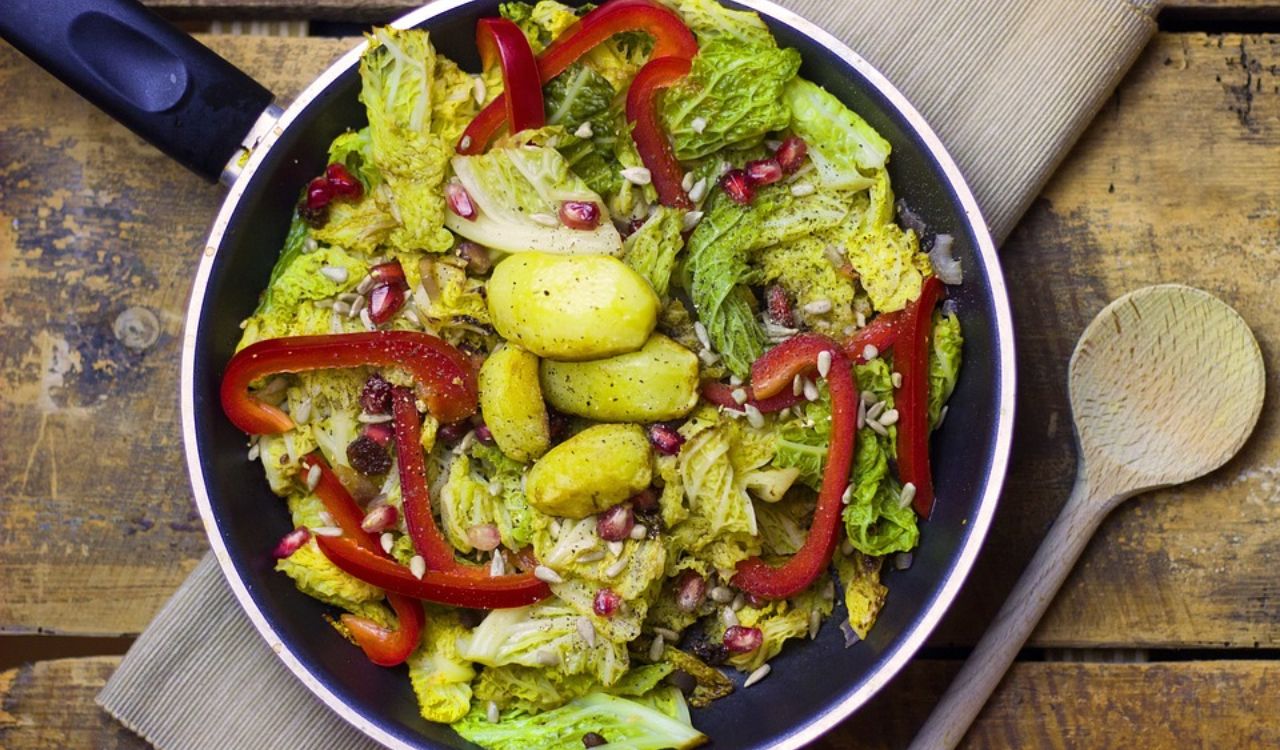
Once you master this method, you will find endless ways to use it in everyday meals. The texture and sweetness make it versatile and satisfying.
Try these simple serving ideas:
- As a side dish: Serve roasted or sautéed cabbage with chicken, fish, or tofu.
- In bowls: Combine with grains, beans, or lentils for a balanced meal.
- In pasta: Toss with olive oil, garlic, and Parmesan for a quick dinner.
- In tacos or wraps: Use warm caramelized cabbage instead of raw slaw for added depth.
- At breakfast: Add leftover roasted cabbage to scrambled eggs or hash browns.
Cabbage pairs beautifully with different flavor profiles. Add soy sauce and sesame oil for an Asian-inspired version, or paprika and lemon zest for Mediterranean flair.
Common Mistakes to Avoid
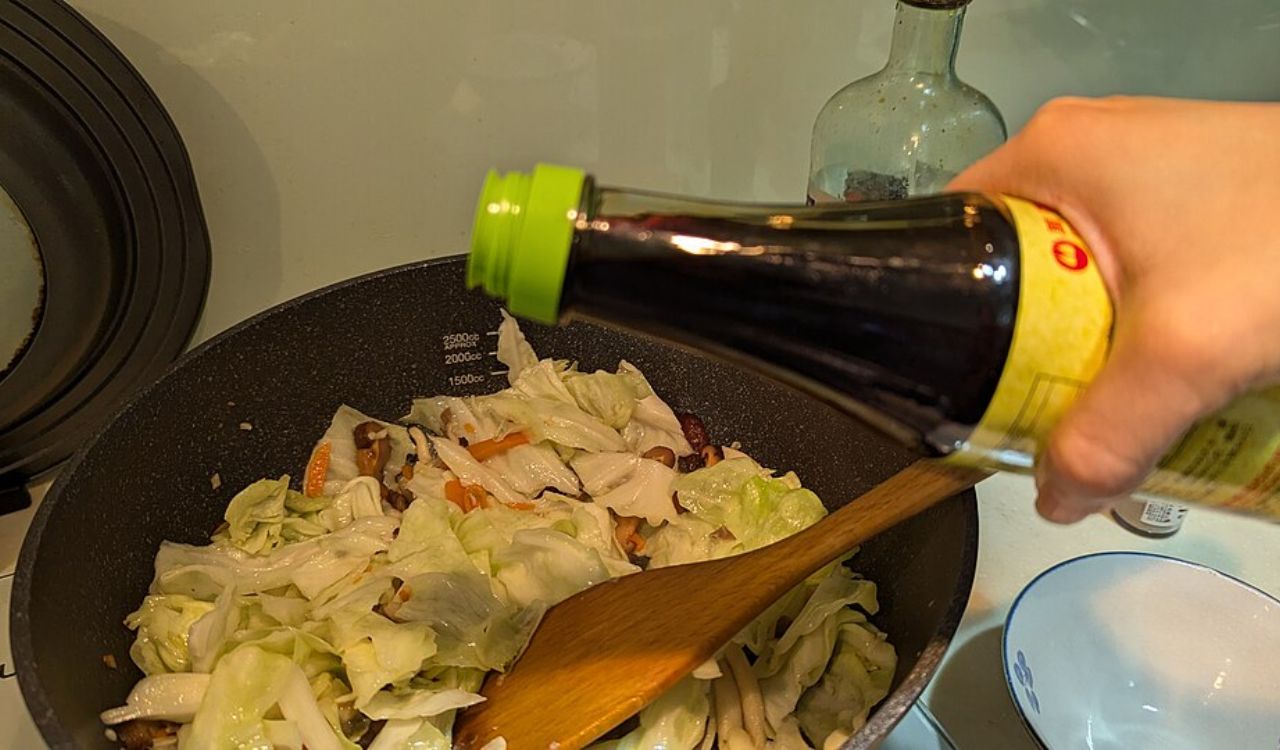
Although the method is simple, a few common mistakes can affect the final result.
- Overcrowding the pan. If the cabbage is too close together, it steams instead of browning.
- Cooking on low heat. High heat is essential to achieve crisp, caramelized edges.
- Skipping the fat. Oil or butter ensures even cooking and prevents the cabbage from drying out.
- Under-seasoning. Salt brings out the natural sweetness, and acid keeps flavors balanced.
- Overcooking. Perfectly cooked cabbage should remain tender but slightly crisp, with bright color and a pleasant aroma.
Paying attention to these details ensures the cabbage turns out consistently flavorful and beautifully browned.
Why This Simple Change Matters
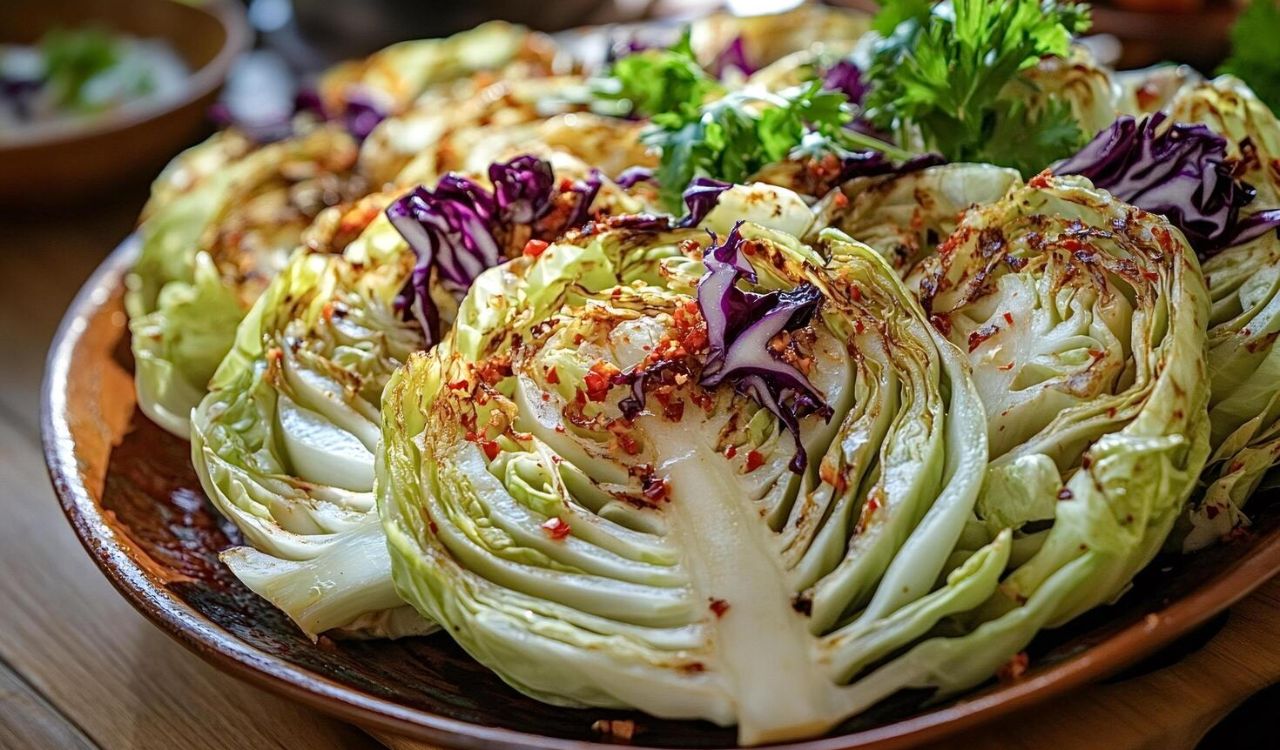
This cooking method changes not just the taste of cabbage but also how it fits into your meals. Instead of being an afterthought or side dish of necessity, cabbage becomes something you look forward to eating. The crisp texture and natural sweetness make it appealing even to those who usually avoid vegetables.
Because the method uses minimal ingredients and time, it also makes healthy eating easier. You can turn a simple head of cabbage into a restaurant-worthy dish in under half an hour. It stores well, reheats beautifully, and pairs with almost any main course.
Cabbage’s transformation through caramelization proves that even the simplest ingredients can surprise you when treated with the right technique. The next time you see it in the produce aisle, think beyond boiled dinners and coleslaw. With a little heat and patience, you can turn this everyday vegetable into something extraordinary.
References
- How to cook cabbage- BBCGoodFood.com
- I Asked 8 Chefs for the Best Way to Cook Cabbage, and I’ll Never Cook It Any Other Way Again- AllRecipes.com
- Benefits of Cabbage- WebMD.com
- 21 Best Cabbage Recipes- LoveAndLemons.com
- Sauteed Cabbage- WellPlated.com
- We Asked 3 Chefs the Best Way to Cook Cabbage-They All Said the Same Thing- EatingWell.com



